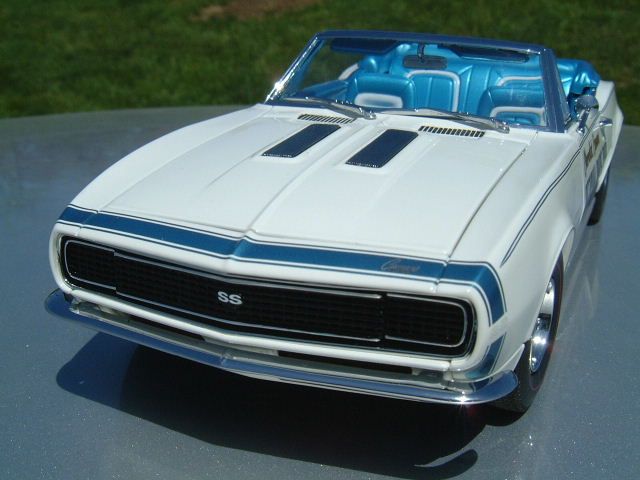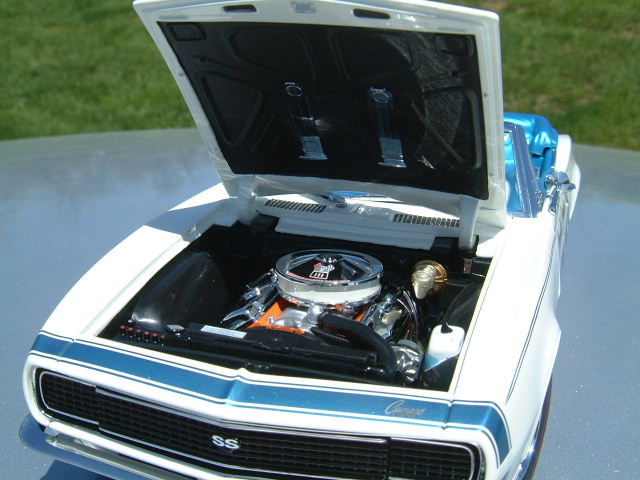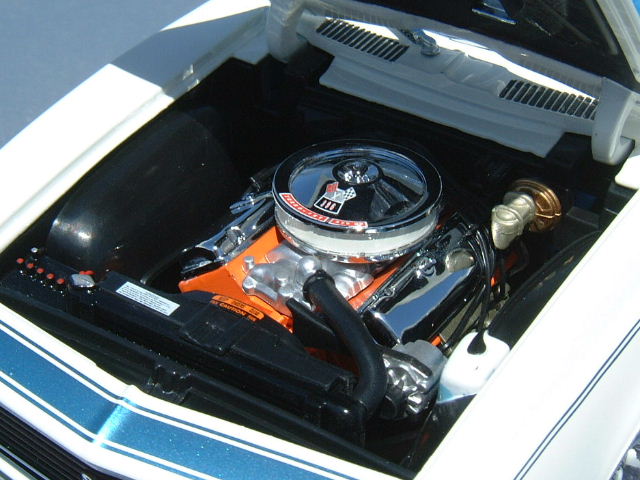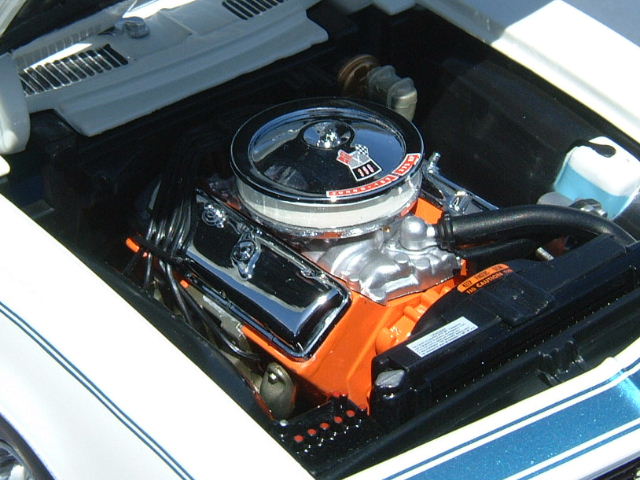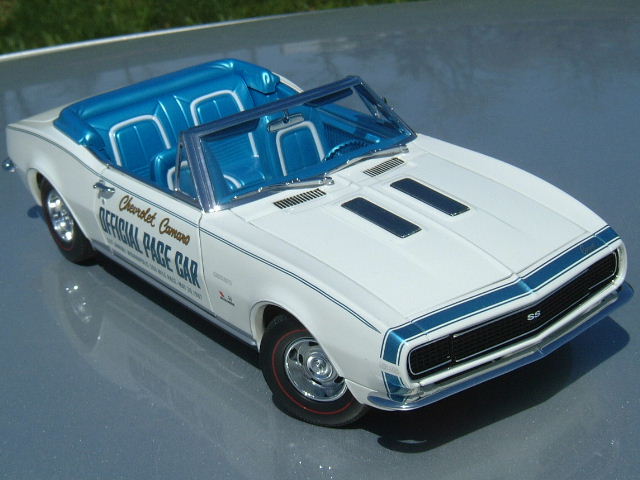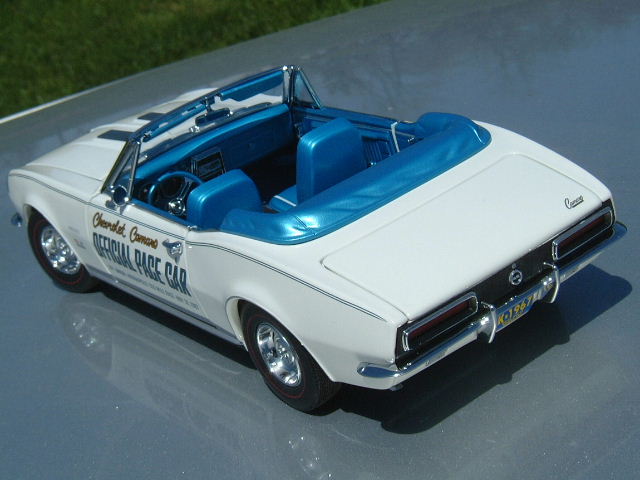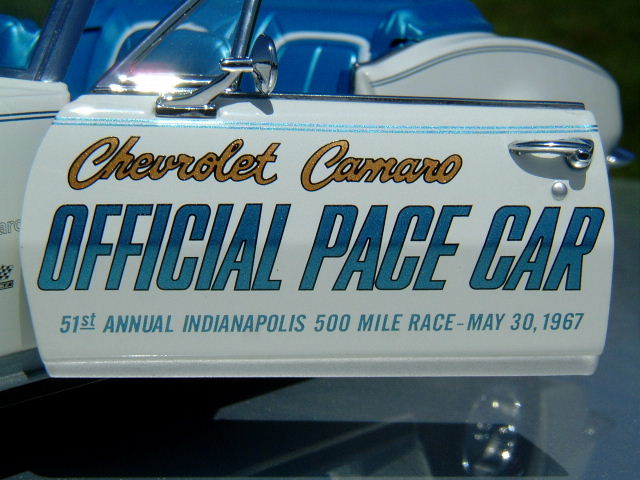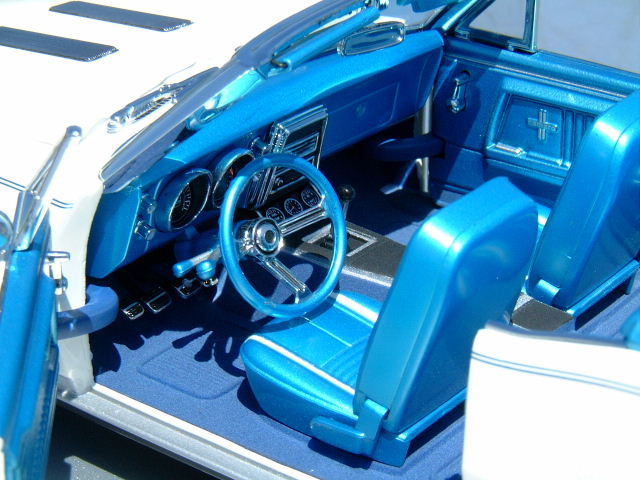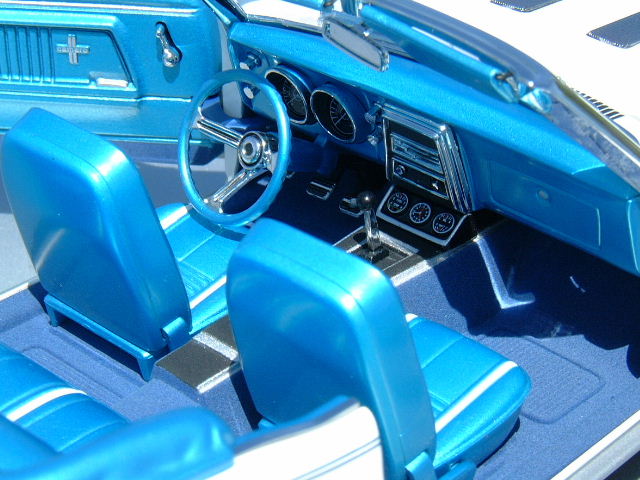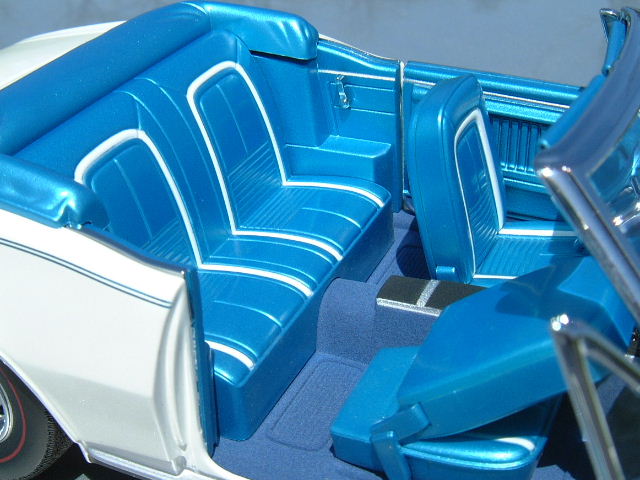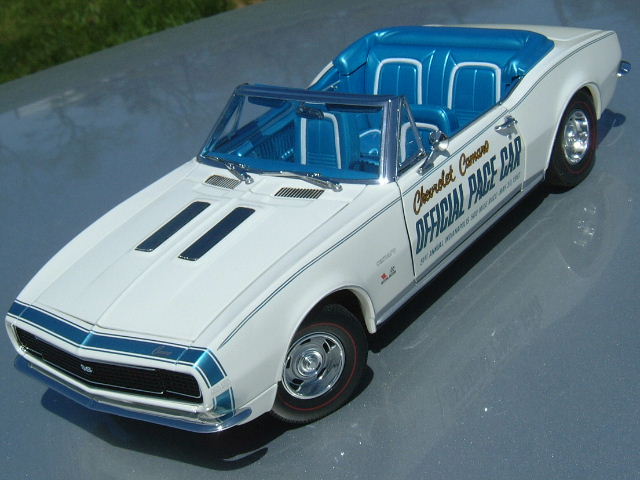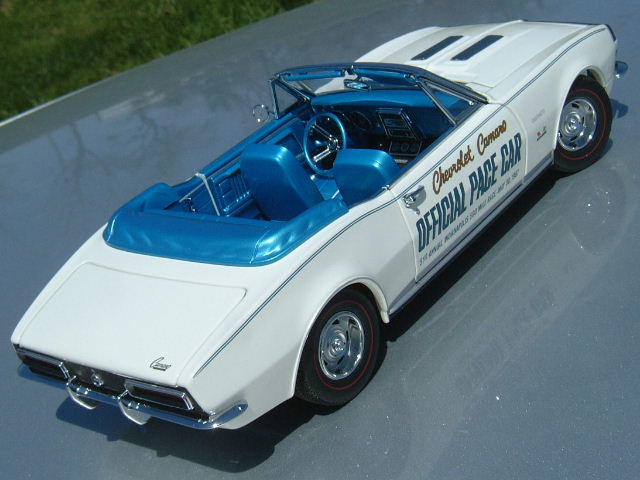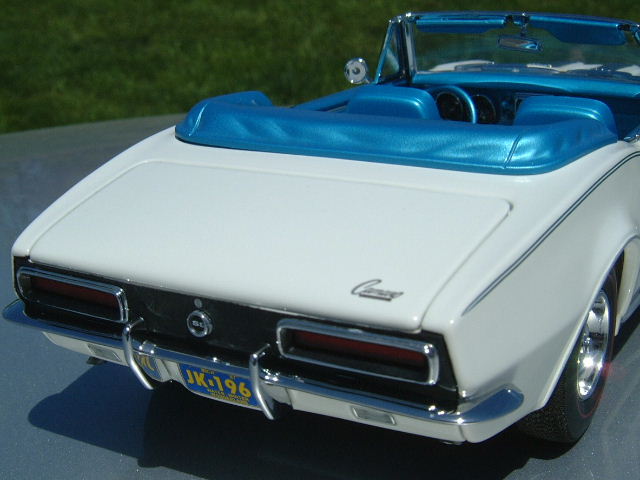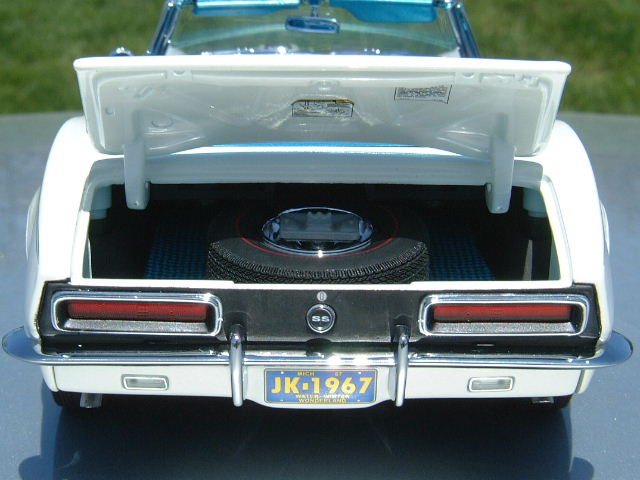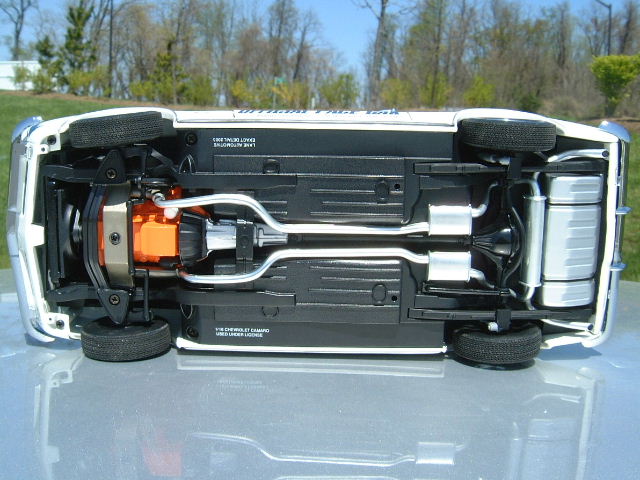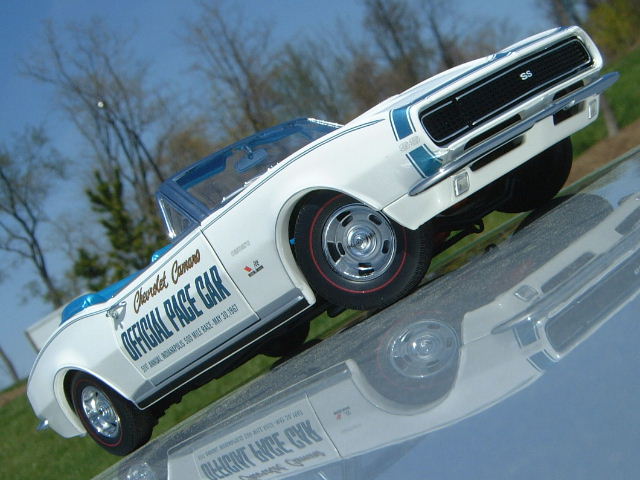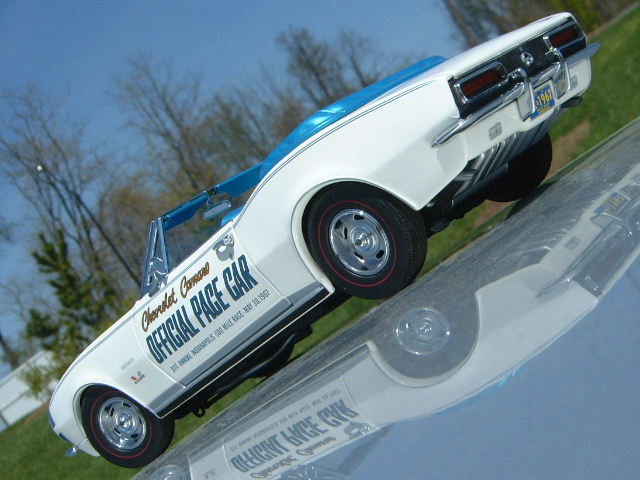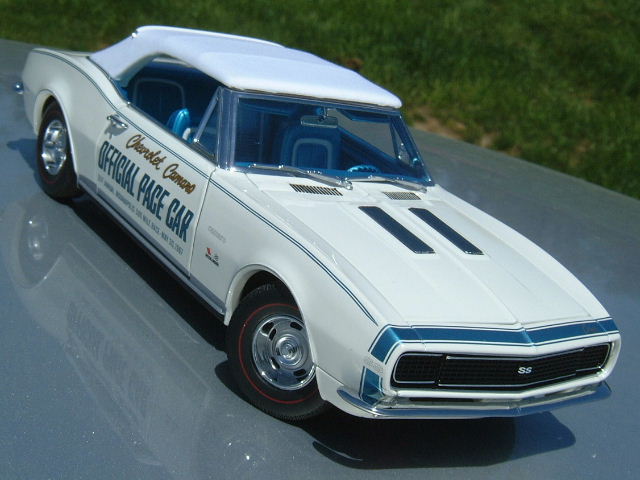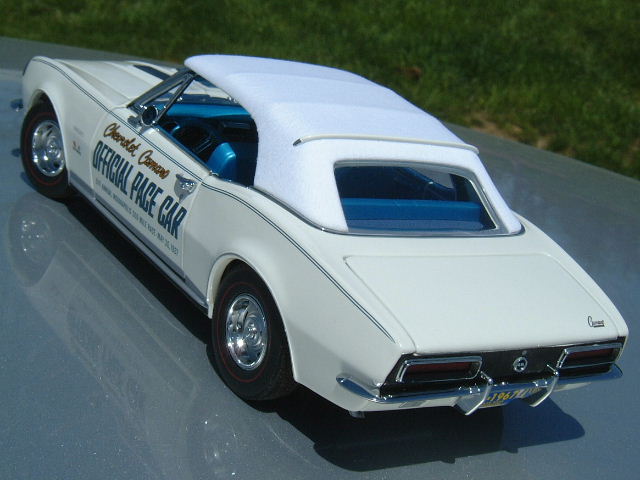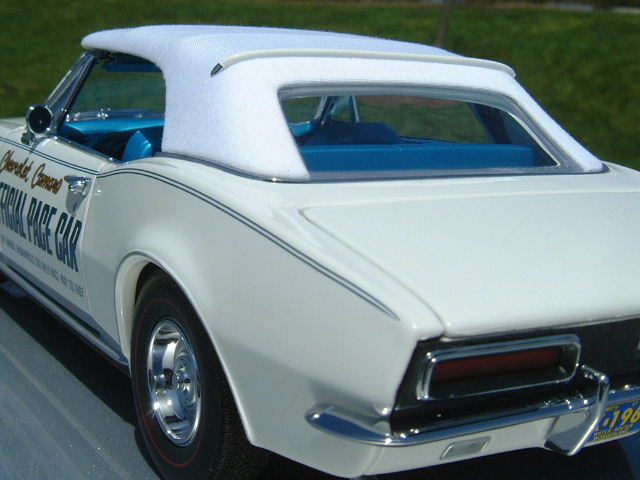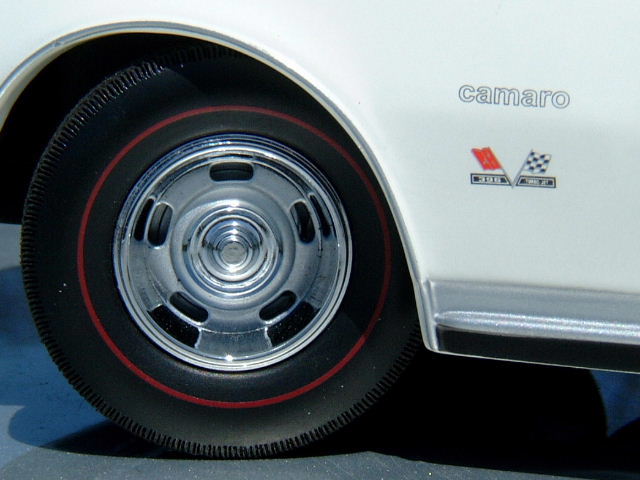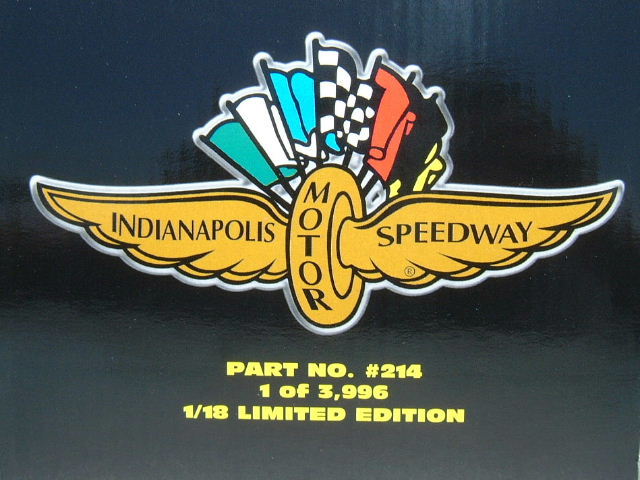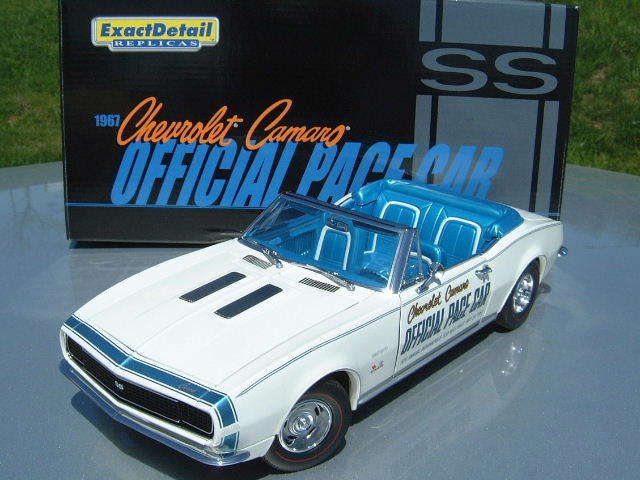 It is known round the world as "the greatest spectacle in racing." For over the past 90 years, many talented drivers from across the world have competed in the 200 lap, 500-mile Memorial Day race to the checkered flag for not only the laurels and the traditional bottle of milk, but for immortality. It is not only an American pastime, but one of International pursuit; it is the Indianapolis 500.
It is known round the world as "the greatest spectacle in racing." For over the past 90 years, many talented drivers from across the world have competed in the 200 lap, 500-mile Memorial Day race to the checkered flag for not only the laurels and the traditional bottle of milk, but for immortality. It is not only an American pastime, but one of International pursuit; it is the Indianapolis 500.
The world's greatest racecourse was built in 1909 in Indianapolis Indiana, founded by Carl G. Fisher, James A. Allison, Arthur C. Newby and Frank H. Wheeler. The 2.5-mile oval was built for racing, but it was also built with the concept in mind of an outdoor research laboratory. This proving ground for automobiles has played a significant role in the development of the every day automobile, with advancements such as the rear view mirror & run-flat tires having been tried & tested at the world-renowned speedway. The Speedway was originally built as a crushed stone and tar-laden track, but after 3 days of racing in August 1909, accidents caused the track management to realize that a paved surface was needed for safety reasons. In December 1909, the track was reopened, impressively constructed of over 3.2 million bricks, thus earning the nickname "The Brickyard". Today, the track is covered under a thick layer of high-density asphalt but a 36-inch strip of original bricks still remains, designating the start/finish line of the speedway that will always be remembered as the Brickyard.
The first Indy 500 event, designated the International Sweepstakes, was held May 30, 1911 with Ray Harroun winning the event with an average speed of 74 miles per hour. Since the first Memorial Day race, the cars & drivers have improved and with the exception of the war years of 1917-1918 & 1942-1945, the Indy 500 has become an annual tradition.
In the past 90 years, the Indy 500 has been about more than just International competition and championship caliber drivers; it has been an event that has showcased the best in American automotive technology. The Indy 500 has given each manufacturer the equal opportunity to make a production car worthy of the Indy 500 badge, giving them the chance to put their car on display before arguably the largest audience of automotive enthusiasts by Pacing the 500 mile race. Since the first race in 1911, 86 Pace Cars have led the worlds best drivers around the 2.5-mile speedway.
In 1967, Chevrolet's new pony car - the Camaro - was selected as the pacesetter for the 1967 Indy 500. Chosen to lead the way was the SS396 version of the new Camaro, marking the third time that Chevrolet had paced the historical chase around the track. The beautiful Ermine White Camaro, with a strikingly contrasting blue interior, was driven by three time Indy winner Mauri Rose. A total of 81 Chevy Camaro's were built for the Indy 500, for use as Pace cars & Festival cars. Some were built with Chevy's 375hp 396ci L-78 big-block whereas a few other Camaro's were assembled with the 295hp 350ci L-48 small-block. 3 of the 81 cars were the actual pace cars, suspected of having a few enhancements undoubtedly giving the SS396 Camaro more than the listed 375hp of the other 78 Festival cars. The #1 Camaro was the Pace car driven by Mauri Rose, which is now on display in the Indianapolis Speedway Museum. The #2 Camaro was built as a backup, and the #3 Camaro was assembled to give to the winner of the 1967 Indy 500, which was A.J. Foyt. Surprisingly, AJ turned down the prize car as it didn't have air conditioning or a power top. Of course, Chevrolet decided to build another car for A.J., but it was built after the 500.
In order to commemorate the selection of the Camaro as the 1967 Indy 500 Pace car, Chevrolet and its dealers launched a nationwide "Pacesetter" program selling replicas of the 67 Pace car. Each replica was built on the Camaro's SS/RS convertible platform with the matching Ermine White exterior & stunning blue interior with matching race day decals. The total production numbers of the 1967 Camaro Indy Pace car is a thing of mystery, with total numbers assumed to be as low as 103, but as high as 500. In addition to these Pace car replicas, 21 more cars were built and shipped to the northern land of Canada as they quickly learned of the Pacesetter program and weren't too pleased that their great nation had been excluded from the program. Out of these 21 Camaro Pace car replicas, one went to A.J. Foyt to replace the #3 Pace car he had turned down. Today, the 1967 Camaro Indy Pace car & Pace car replicas are some of the rarest and most sought after "souvenirs" of the greatest spectacle in racing, the Indy 500.
Once again, the Exact Detail division of Lane Collectables is setting the pace of "diecast alley" with their third Indy 500 Pace Car replica, the 1967 Camaro. The Lane Exact Detail Camaro models are some of the finest 1/18-scale representations of actual full scale Camaro cars, and countless hours of research & experienced designers guarantee that this latest replica is the best way to honor the 1967 Pace Car.
The Lane Exact Detail 67 Camaro Pace car marks the first convertible in the Exact Detail Camaro lineup, and as with the Olds 442, Lane has done an outstanding job recreating the lines of the drop top. For that matter, the lines of the entire car are pretty much dead on, top up or top down. Nestled inside the styrofoam packing shell you'll find both a detailed canvas top and a bright blue rubber boot to use for your choice of method of display.
As for the car itself, the Camaro Pace Car is nothing short of stunning with the combination of the Ermine White exterior and the royal blue interior framed in white bars. For starters, the paint is very smooth and flawless over the entire car. The Ermine White paint is accented with authentic blue pin-striping that runs the length of the car, a blue bumble-bee stripe around the nose accented with SS emblems, and accurate 396 Turbo-Jet flags beneath Camaro stampings on the front fenders. The race day Pace Car signifying graphics show nicely against the Ermine White background and have been applied evenly on each door with great precision. The graphics themselves, finished in gold & blue, have a metallic shimmer that, when hit by light, is nothing short of mesmerizing. Sealed within a thin clear coat to prevent chips or scratches gives the Camaro Pace Car a lustrous shine.
While much of the exterior is an original production, the majority of the '67 Camaro Indy Pace Car is an encore presentation of the many highlights found on previous Camaro models in the Exact Detail lineup. Why change a good thing? All of those highlights have been unerringly executed on this latest Camaro, including an amazingly high level of fit & finish. The Camaro Pace Car is not only a masterpiece on the exterior, but also the interior.
The interior, finished in a vibrant shade of blue, is highlighted with several electroplated chrome accents, legible gauges, detailed folding seats, detailed knobs & pedals, and simulated carpet flooring. New to this Camaro model's interior are poseable sun visors, a design carried over from the Oldsmobile 442 convertibles. The 396 Turbo-Jet big block engine is detailed with a wired distributor, and a detailed intake manifold resting under a chrome plated 396 tagged air cleaner, breathing through a pair of gold headers leading to a pair of pipes & mufflers finished with a stainless steel polish. All of these details ride on Chevy Rally wheels wrapped in redline tires, placed at each of the 4 corners with an additional spare in the opening trunk, along with a detailed trunk mat & instruction labels. While the opening hood & doors operate on considerably obsolete dogleg hinges by today's latest standards, they in no way hinder the appeal of this amazing replica of perhaps one of the most popular Pace Cars in the ranks of Indy 500 history.
Finding an actual 1967 Camaro Indy Pace car or replica is not only nearly impossible, but the cost would surely be astronomical. Thanks to the talented artisans at the Exact Detail division of Lane Collectables, you can enjoy this piece of automotive and racing history for a less than 1% of what an original might cost. Plus you won't have to spend years looking for one. Well, with less than 4,000 copies being built, and at least half spoken for before release, these are going to disappear quickly. So unless you act quickly you might find yourself spending a considerable amount of time trying to find the Exact Detail replica, and as far as price is concerned, the sky's the limit on the secondary market. So don't hesitate, and don't be like A.J. Foyt by passing up on this beautiful 1/18-scale replica of the 1967 Camaro Pace car replica. Get yours now before this too becomes history.






